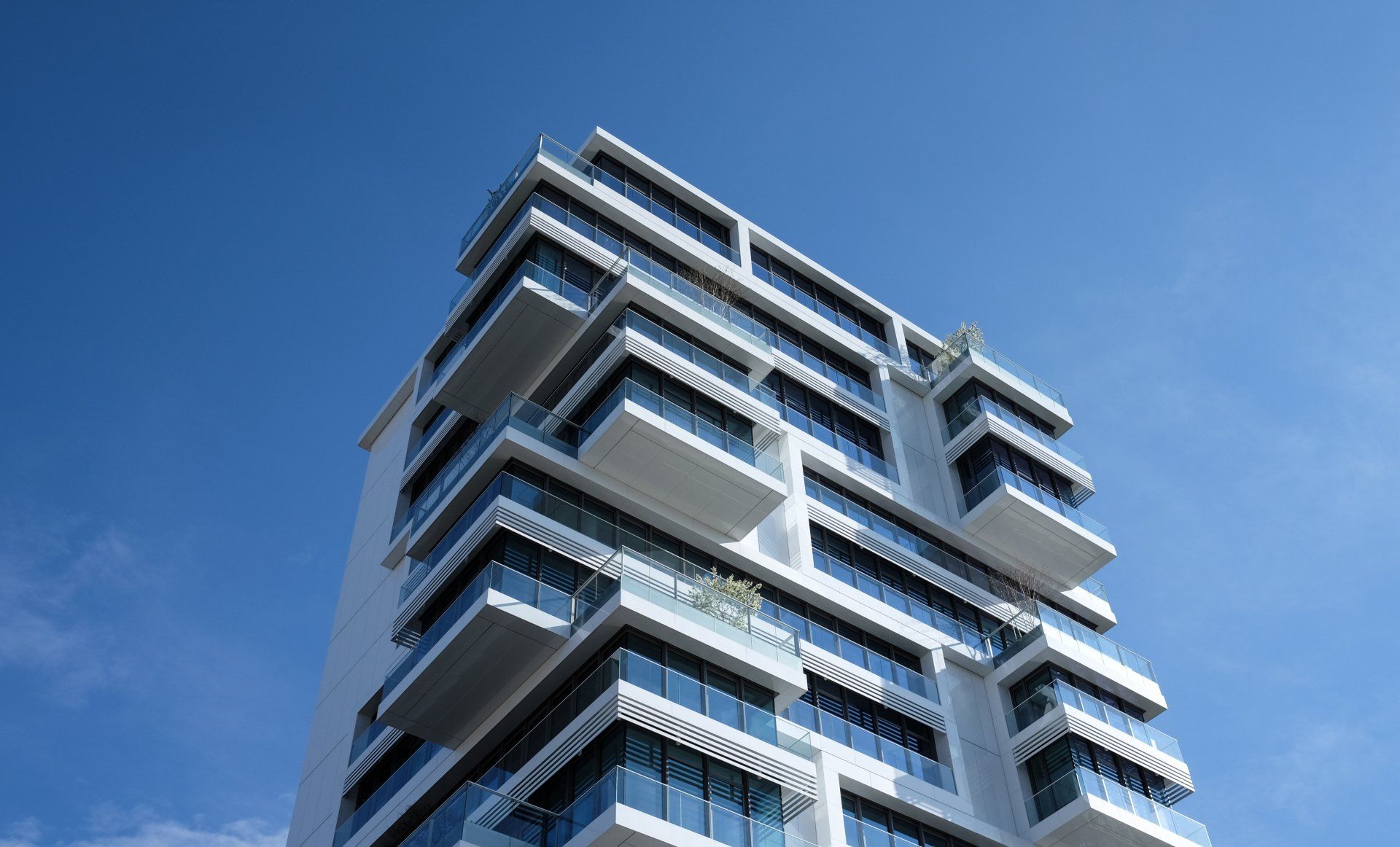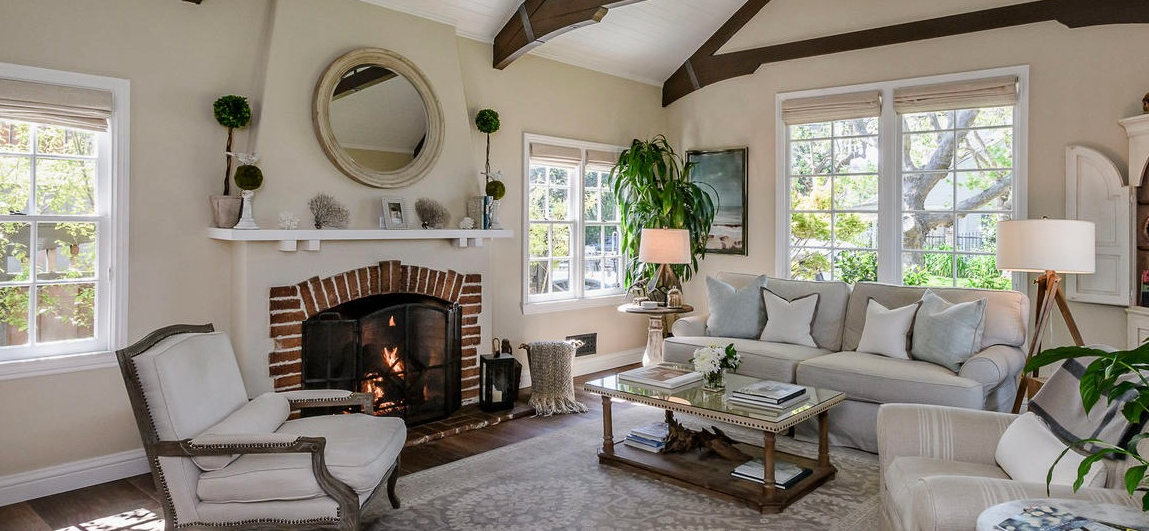Inheritance Tax Strategy
Inheriting a loved one's home can be a wonderful gift, but it can also come with the burden of capital gains tax when you decide to sell it. Capital gains tax is a fee you pay on the profit made from selling assets like real estate, stocks, or even a car. This tax is calculated based on the difference between the purchase price and the sale price.
Now, there are two types of federal capital gains tax - short-term and long-term. Short-term tax applies if you sell an asset within a year, and the rate matches your regular income tax rate. On the other hand, long-term capital gains tax applies if you hold onto the asset for over a year, and the rate is typically lower, varying from 0% to 20% depending on your income.
It's also important to know that many U.S. states have their own additional capital gains tax rates. But in a few states like Alaska, Florida, and Texas, you won't face a state-level capital gains tax.
So, how can you reduce capital gains tax on an inherited property? Here are some strategies:
⦁ Sell the property quickly: If you sell the property shortly after inheriting it, you can take advantage of the "step-up basis." This means you'll only be taxed on the difference between the property's value at the time of inheritance and the sale price.
⦁ Make it your primary residence: If you live in the inherited property for at least two out of five years before selling, you might qualify for a primary residence exclusion, allowing you to exclude some or all of the capital gains.
⦁ Rent the property: If you don't want to live in the property but want to keep it for a while, consider renting it. You can use the proceeds from the sale to buy another property through a 1031 tax-deferred exchange, deferring capital gains taxes.
⦁ Disclaim the inheritance: If you'd rather not deal with the tax implications, you can choose to disclaim the property, transferring it to the next eligible person.
⦁ Transfer the property into a trust before death: Consider having your loved one transfer the property to a trust before they pass away, as the type of trust chosen can impact the tax treatment.
In conclusion, minimizing capital gains tax on inherited property is possible with these strategies, but it's crucial to consult with a professional for the best advice. Taxes can be complex, so expert guidance is your best bet.
Source:












